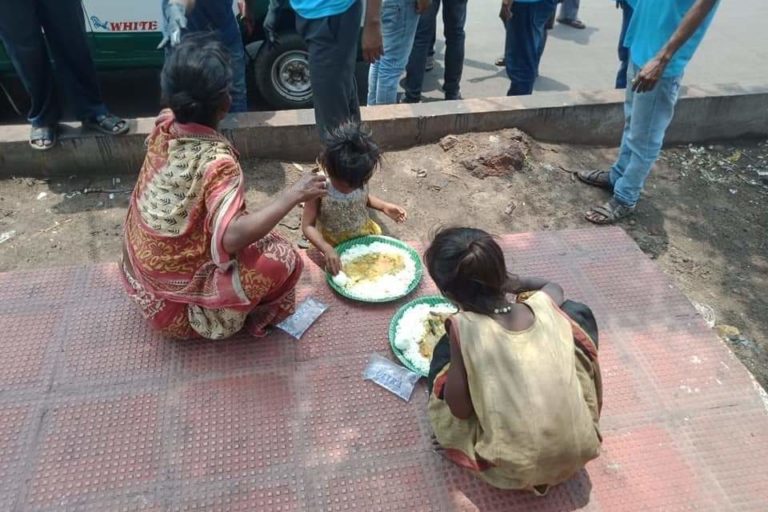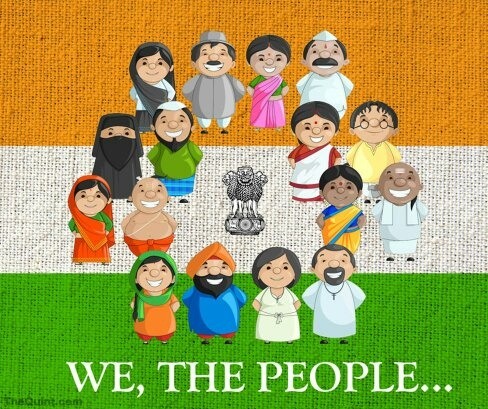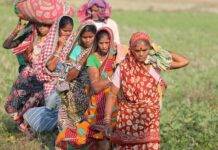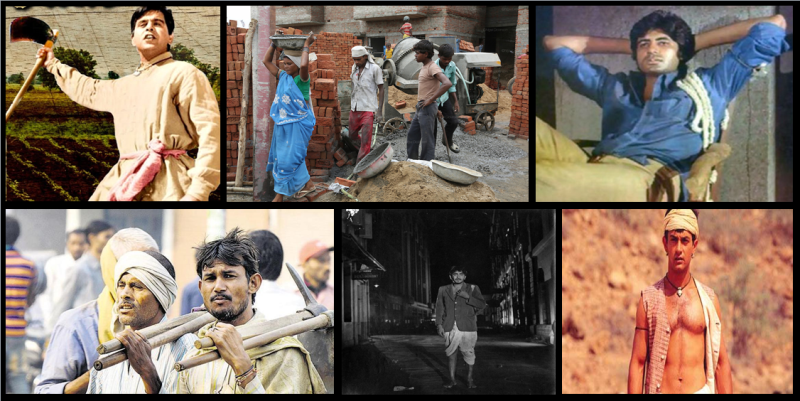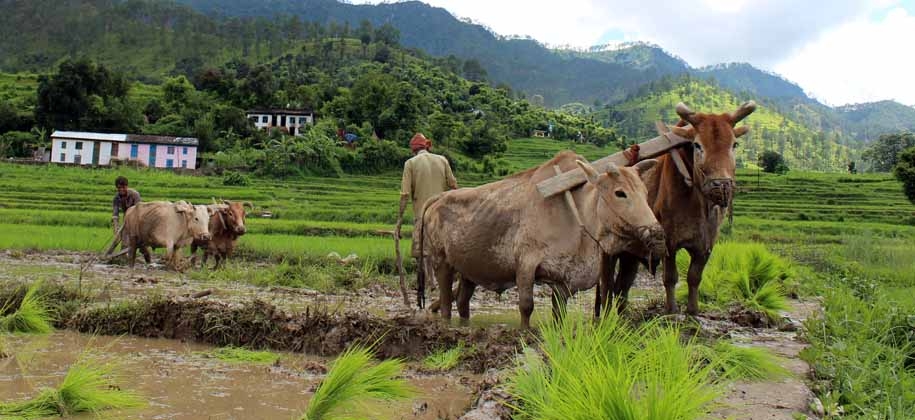The coronavirus pandemic has brought about adverse implications and a wave of hardships and existential difficulties in the lives of millions of poor and disadvantaged persons in India. This has also meant that hunger and malnutrition have become much bigger problems than they ever were and accessibility to food has once again become a luxury that has continued to evade the lives of many who find themselves hungry and malnourished.
We cannot negate the alarming and pathological truth that out of 117 countries that were surveyed in 2019, India occupied the 102nd position when in comes to the Global Hunger Index.
These trying times also remind us that the decades long achievement that India has had in fighting hunger and malnutrition may soon be lost and we may once again have to begin from zero amid the pandemic. As hunger and malnutrition take on the country and devalue and undo the labour and efforts of years of state-indued mechanisms to improve the hunger and malnutrition indices in the country, India has certainly been tormented and torn apart by the coronavirus pandemic.
It would be wrong if we said that hunger and malnutrition are new in India and are unique to the coronavirus pandemic, in fact hunger and malnutrition have been structural problems in India and have existed despite years of state led initiatives to improve associated indices. We cannot negate the alarming and pathological truth that out of 117 countries that were surveyed in 2019, India occupied the 102nd position when in comes to the Global Hunger Index.
If we were to look at India’s performance on the index, it would be certain that we haven’t really been doing too well as far as ensuring food and nutrition to all citizens of the country is concerned and that even our neighbours such as Nepal and Pakistan seem to have done better on the same index. It wouldn’t be wrong to say that the hunger problem in India is nothing short of serious and if we don’t take adequate steps to address the problem now, it may become too late.
Anganwadis as Key to Addressing Issues of Hunger and Malnutrition
It is in this context that the work done by Anganwadis becomes extremely significant especially when it comes to protecting and nourishing the healths of infants and young mothers is concerned.
This means that the channels by which food reached out to the community, especially its youngest members has significantly suffered. This has the most far reaching impact on the lives of children and pregnant women who received food through the Anganwadis.
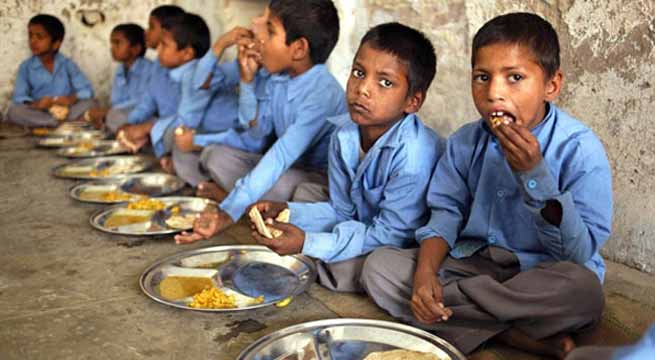
The lack of access to nutritious food among both pregnant women and children has meant that their bodies are becoming weaker and more susceptible to disease and breakdown.
With Anganwadis already closed across the different parts of the country for the last six moths it is evident that such a long period of time is enough to put pregnant women and children below six years of age into malnutrition and in many cases starvation.
It wouldn’t be wrong to say that this is certain to have far-fetched consequences on the lives and wellbeing of children and pregnant women who were solely dependent on them for their nutritional needs and is certain to have long term consequences on malnutrition and mortality among these two sections of the society.
The Anganwadi system is central and extremely important to fighting malnutrition, starvation in the county and in ensuring that children and pregnant women are fed nutritious food and their health and wellbeing is closely monitored. There are more than 1 million Anganwadis that operate in India and the people who are employed by the Anganwadi system are trained members of the community itself. It is due to their sustained labour and hardwork that under the Anganwadi system, 80 million children in India who are below the age of 6 years and 19 million pregnant and lactating women are served.
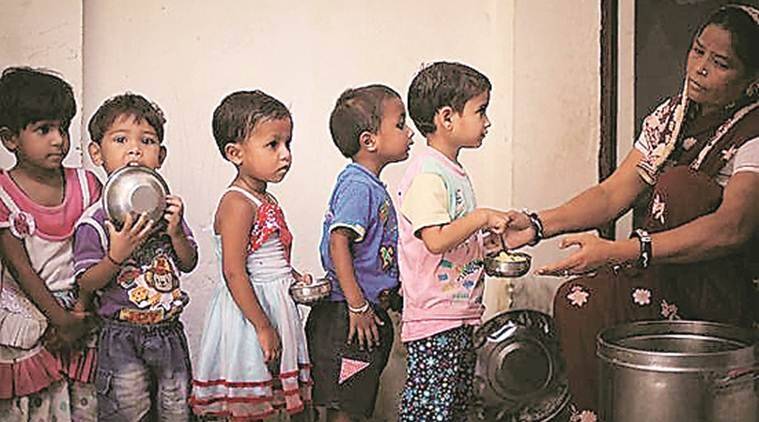
Given the important and extremely crucial role that the system plays in taking health and nutrition to the most remotest part of India, it is clear that if such a system remains shut for more than six months, it will disrupt many key services. No wonder, children and women throughout India are facing extreme challenges in the domains of healthcare and nutrition. It is a pressing demand on the state and Central government to ensure that Anganwadi workers can get back to work within their communities and the disrupted channel of access to food, nutrition and healthcare awareness that was carried out by such workers is once again started with full zeal and enthusiasm.
The future and wellbeing of the country is highly dependent on and is shaped by the health and welfare of our young, and the Anganwadis are certainly playing a major role in ensuring that, therefore their being immediately operational and functional shall be the topmost priority.

